Despite producing some of skiing’s most-watched videos, Nicolas “Nico” Vuignier remains obscure. He hopes to change that.
The name Nico Vuignier may sound foreign on a couple of levels. Even though he topped the podium at Red Bull Linecatcher in 2015—where the Cirque de Fond Blanc at Les Arcs was transformed into a big-mountain terrain park—and has starred in films by Legs of Steel, the 25-year-old Swiss skier remains relatively unknown outside of the European skiing scene. Yet, his work is known. You may very well have accounted for one of the 4.1 million views of Centriphone, Vuignier’s biggest YouTube hit to date… or maybe one of the quarter-million views of Torched, another one of his recent web sensations.
In terms of views, Vuignier’s Centriphone is on par with Candide Thovex’s One of Those Days, Sweetgrass Productions’ Afterglow and Cody Townsend’s 2014 Line of the Year—some of the most-watched ski videos on the internet. Unlike these other viral hits, though, Vuignier didn’t use computer-generated imagery or RED Epic cameras. He used an iPhone. He didn’t jump over a helicopter like Thovex, but he did helicopter his phone around himself while shredding, with the aid of three fishing wires; the result is a remarkable, swirling, 360-degree video that captures the act of powder skiing unlike ever before. And where Sweetgrass Productions used expensive LED suits and massive spotlights to showcase night skiing in a beautiful manner, Vuignier used an emergency flare taped to the tail of his ski to achieve the same end. He burned a hole through his outerwear while filming.
It’s not as if Vuignier doesn’t want fancy cameras for himself—“I don’t wish to do the homemade route forever,” he says—but for the moment it’s a case of working with what he’s got. For him, a young man who says he inherited the creative gene (his father is an avid inventor and is the patent holder for the monoski), the dream is to produce things bigger, better, “more professional.” Dreams like these come at a cost, though, and Vuignier has yet to land a big-money deal. Until that day comes, he’ll just keep doing what he does best: creating.
Q&A with Nico Vuignier
Let’s dive right into Centriphone. It’s basically the ultimate selfie. The swirling effect combined with slow-motion shots of powder skiing and the trippy sounds of Petit Prince create a somewhat otherworldly viewing experience. Where did the inspiration for this project come from?
I always loved the bullet time effect the Wachowski siblings used in the Matrix films. But, creating this effect is extremely complicated… it requires 50-plus cameras all synced together and it’s a mess. One day I saw a video of a guy who attached a GoPro to a ceiling fan and filmed himself shooting fireworks—the result was pretty similar to the bullet time effect. His technique wasn’t feasible on skis, for obvious reasons, but I kept it in the back of my mind. A year or two later, I saw a video where a guy spins a camera hanging from a wire. I thought it was cool but it didn’t immediately click until I had a revelation a couple of weeks later.
You spent a great deal of time researching and building prototypes of “the centriphone”—at least eight before arriving at the final product that included everything from 3D printed “wings” to fishing wire and rubber bands. What were some of the trials and tribulations you experienced in the testing phase?
The biggest issue I had was to keep the camera stable when skiing with speed. But I must say, I didn’t spend late nights on this. It was a fun little project I worked on every now and then. I would put a prototype in my backpack and try it when I had some free time. It made my friends laugh. But, from the very first test, I recognized the results could look great, so I knew it was a project worth pursuing.
Ultimately, you achieved great success. You racked up more than four million views on that video alone. Is view-count the greatest measure of success for you?
Well, views are cool, but in the end it’s just a number. I don’t think [view counts] are a great measure of success because those figures depend on so many other factors than the quality and amount of work you put into your videos.
Did you see any financial gain because of the film, whether in the form of money earned off YouTube ads or new sponsorship deals? If not financial success, has this video opened any other doors for you?
Yeah, a bit. The YouTube ad revenue is comparable to earning a podium at a major competition, but the doors this video will open for me are priceless. I could have squeezed the sh#t out of this video [money-wise], but that wasn’t the goal. I’d rather have a company support me for a future project. I don’t plan to spend the rest of my life spinning a phone around me. I wish to find partners to work with who will let me be free to do what I want to do. That is very important to me. I don’t just want to do advertising work for some company. I want to find companies that see value in what I do. For example, one of my former sponsors didn’t even share one of my recent videos through their channels. If someone doesn’t see value in what I do, why should I work with them?
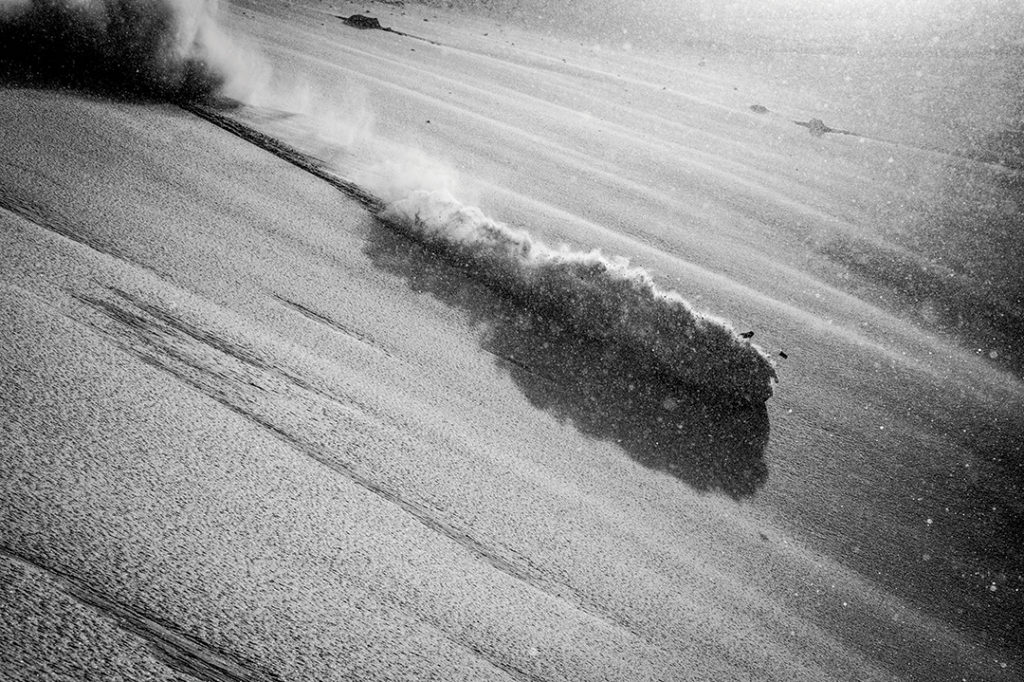
Included in your YouTube video descriptions are disclaimers like, “Downloads and re-distribution not permitted. Please only use and share this embed code.” Have you had experiences with people trying to repurpose or profit from your work without permission?
Yes, a lot. It’s very frustrating. So many media outlets re-upload the full films on their video players and serve their ads in front of them. I probably removed over 100 copies of my videos on Facebook. There were some companies just blatantly using the videos to sell their sh#t.
You had 400,000-plus views on a video titled, Making Of Centriphone, in which you shed light on that particular project. Presumably many people are interested in achieving a similar effect in their own filmmaking. That said, you also opted to patent and open source the design. Have you seen anyone put the contraption to good use?
Well, a patent was the best way to protect my idea from companies that wanted to profit from it. A law firm offered to do it for next to nothing, so I seized the opportunity. From the start, my idea was to open source it. For me it’s something natural… I’d rather give it away for free to the individuals who are ready to get their hands dirty. There have been a lot of people who used it so far. I think a cool example is the band Matt and Kim who created a music video using [the centriphone].
Was there any particular inspiration behind Torched?
Water sports, mostly. Using flares has been done a lot with water skis. There is also a surf video and a kayaking video that I’ve seen. I really wanted to play with these flares and use them to create something visually pleasing.
You went through multiple rounds of testing to achieve the desired outcome in this case, as well. You even burned holes in your ski clothes. What were some of the other challenges you faced in production of this video?
The biggest challenge was the snow. We didn’t have the best conditions at the time we wanted to shoot this, so it took us a while to pull it off. The time window with the right light was also very short. We could only attempt to shoot one line per day, so that made the entire process very slow.
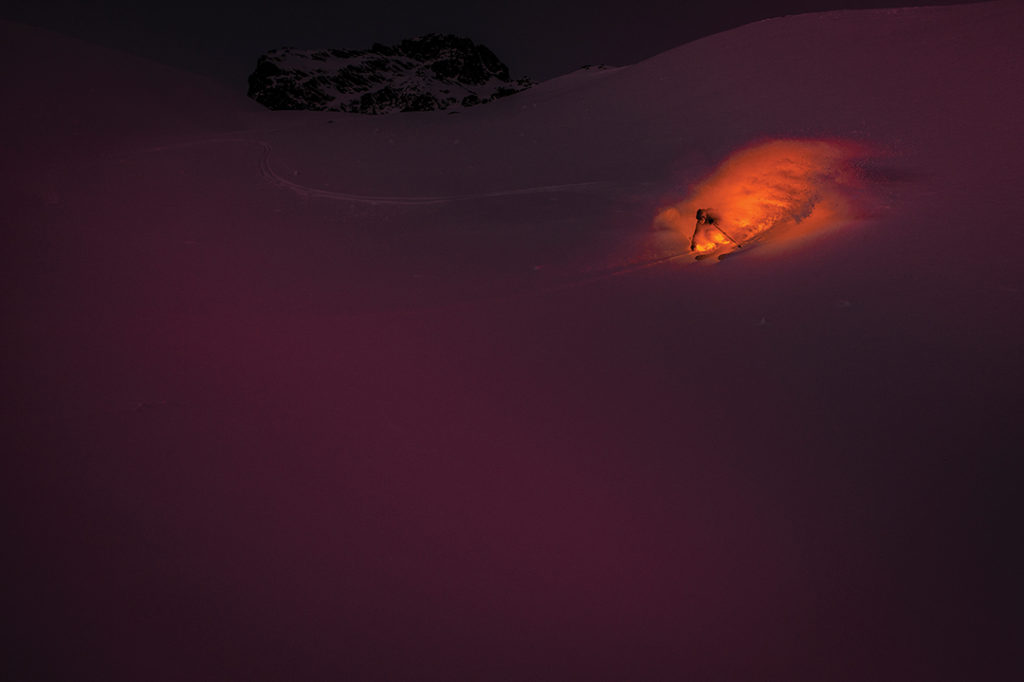
PBK1 was another big hit for you. You’re not the first in the skiing realm to experiment with pigments… what was the main inspiration, here?
Years ago, I saw a video where skateboarders rode covered in powder. That was the main inspiration. Later, I was shooting with Jeremy Bernard and he told me he was working on something with ochres, so I told him I had the idea to put it in my jacket [and jump off of stuff], and he was down to try it. So, we did a first attempt with the leftover ochres used for the Falquet brothers’ project back in 2013. We couldn’t agree on another concept right away so the project stayed on hold for a while. When we finally pulled it off, the shoot was very simple. Some shots in that film are actually shot with an iPhone, too [laughs]. With all the projects we’ve done, I didn’t have any financial support, so they’re all done with the means at our disposal. I guess I always see room for improvement. If I could shoot during the course of a whole week with ARRI cameras and Panavision Anamorphic lenses… that would be nice.
Creating these projects is one thing. Distributing them is another. Do you simply rely on the videos taking off organically or do you have an approach to promoting and distributing your work?
I try to be professional and distribute my work the best way I can, but again, I’m just a guy in front of a computer, without any big money to push things. As hard as I try, I’m still limited to my contacts. So, in the end it really depends on the organic growth.
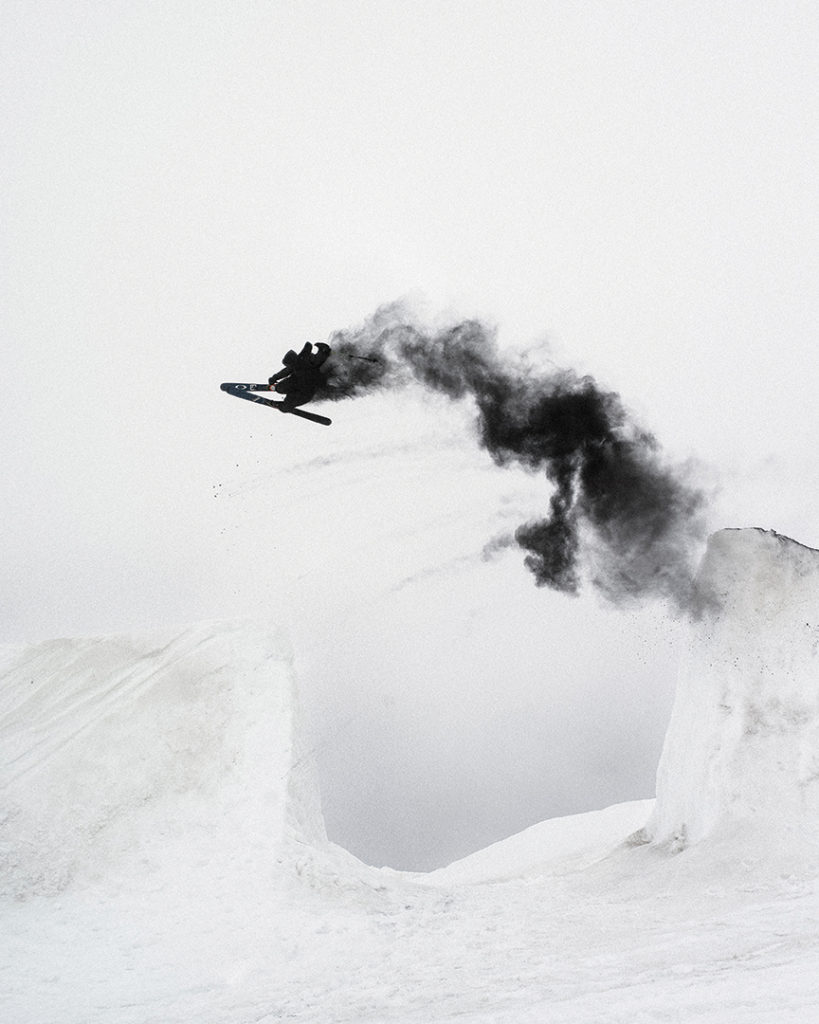
What other skiers do you look to for inspiration?
Candide [Thovex] is the greatest of all time. I think he is the one guy who always stayed true to his vision. He’s doing his thing and he’s keeping it real. You don’t see him doing selfies in the gym and tagging 10 sponsors in his social media posts. He never sold out when he could have done it a million times. He is an amazing ambassador for our sport and has been an inspiration from day one. In terms of people doing a great job building a brand, Jon Olsson is the guy. He is very smart and professional. He is surfing on the Vlogging wave and is doing a very good job on YouTube. It’s funny, the two guys dominating right now are the same that were here almost 20 years ago.
What comes next?
I am just really curious, and very into the “maker movement.” I really want to try everything. Filmmaking, 3D graphics, graphic design, motion design… and I want to bring it all into what I know best, which is skiing. Anyways, that’s what is driving me. It’s super interesting to try out new things and to do stuff that I am proud of. I also want to inspire and have fun. Some people reached out and told me they went skiing for the first time because they saw my video. That was pretty cool.
Anyways, I have some big ideas. And I guess the projects I have in mind, they take a long time to do. Maybe they won’t come to life, maybe they will, it’s a lot of work and it’s a lot of luck. At the end of the day, I’d like to make a living out of it. I’m not sure where I’ll be going, but I know I need to work my ass off to get there.
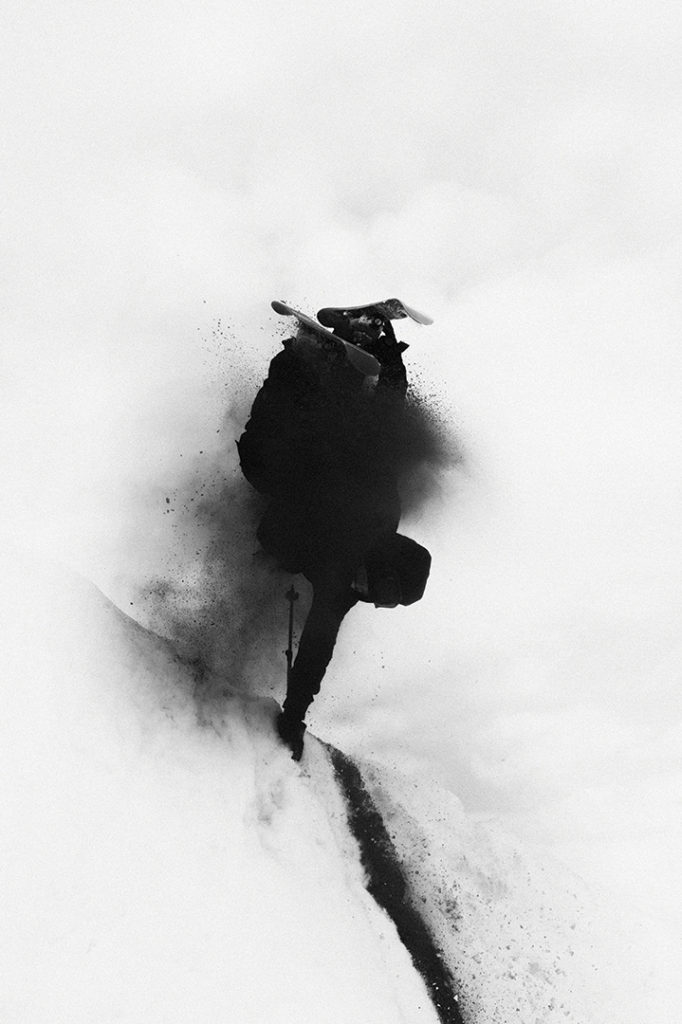
Feeling creative enough to build and use the centriphone by yourself? Download the original open-sourced 3D files and follow the DIY-plans via centriphone.me. Because not everyone has a 3D printer, you can also pre-order a ready-to-use centriphone via the same URL.
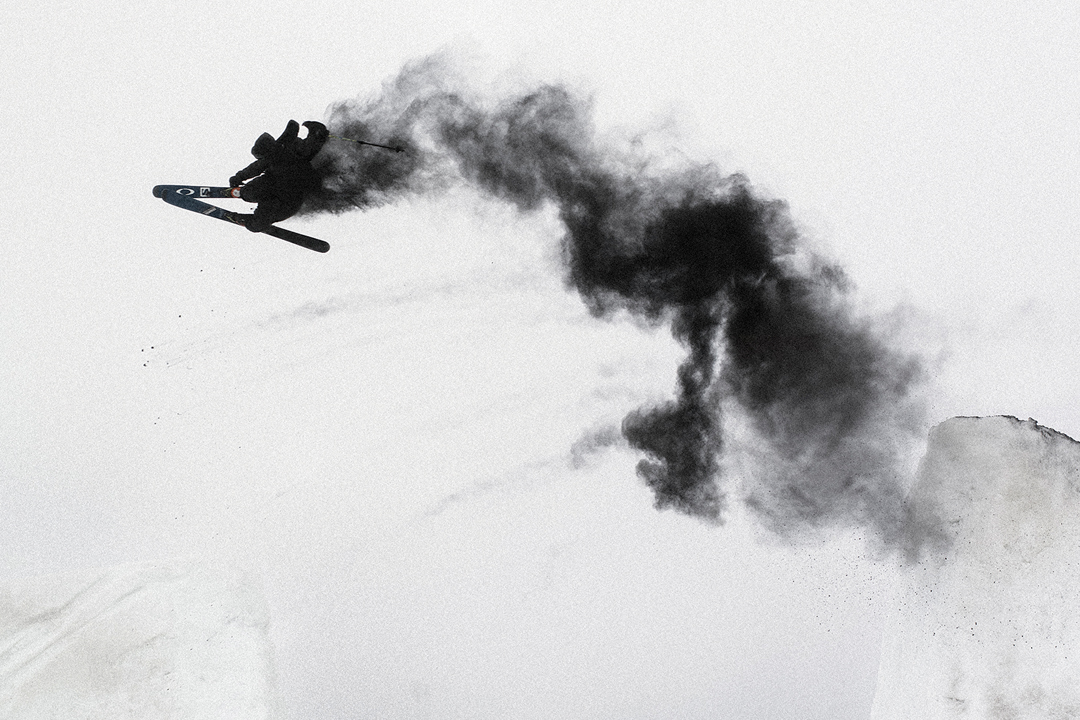

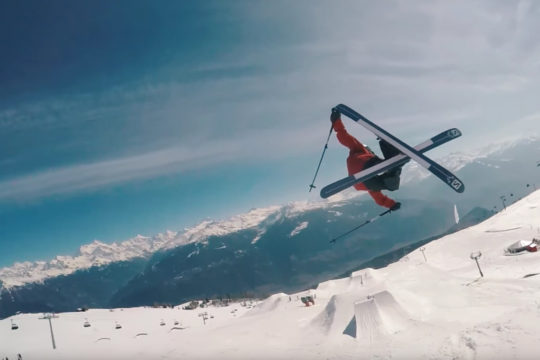
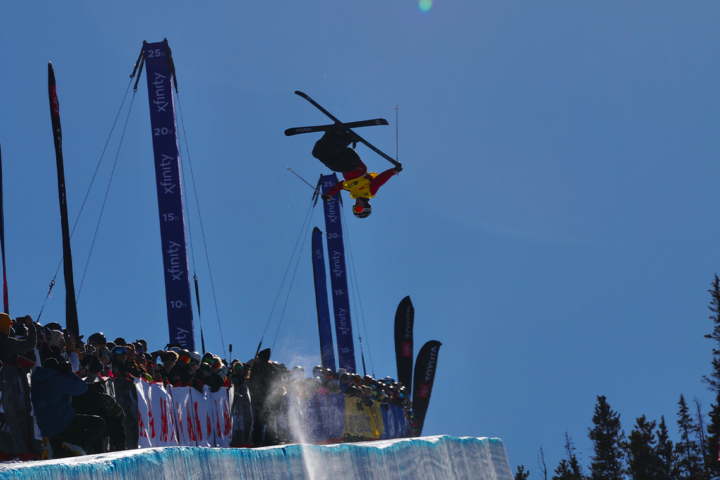
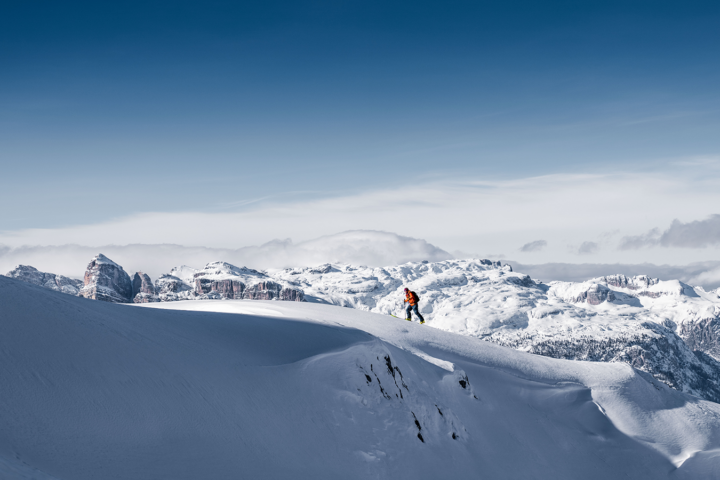
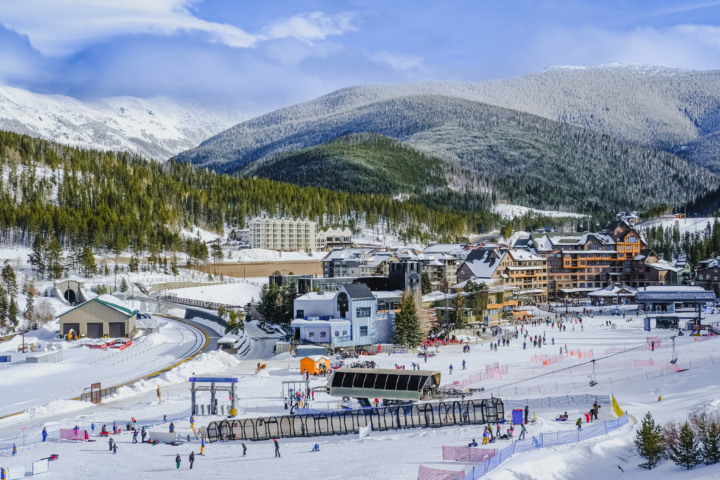

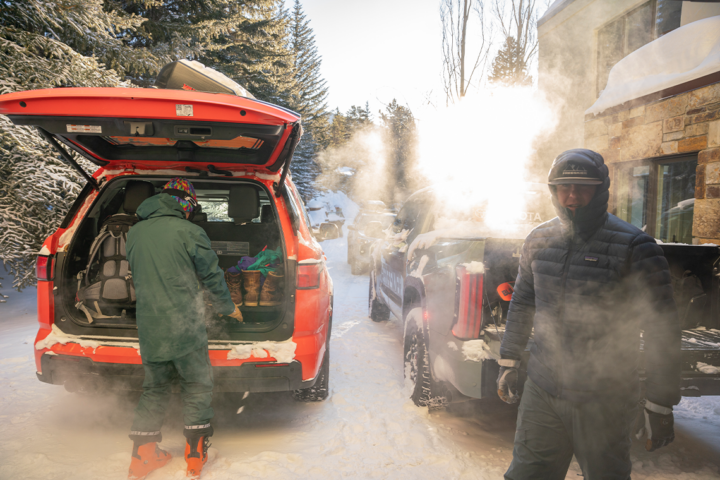
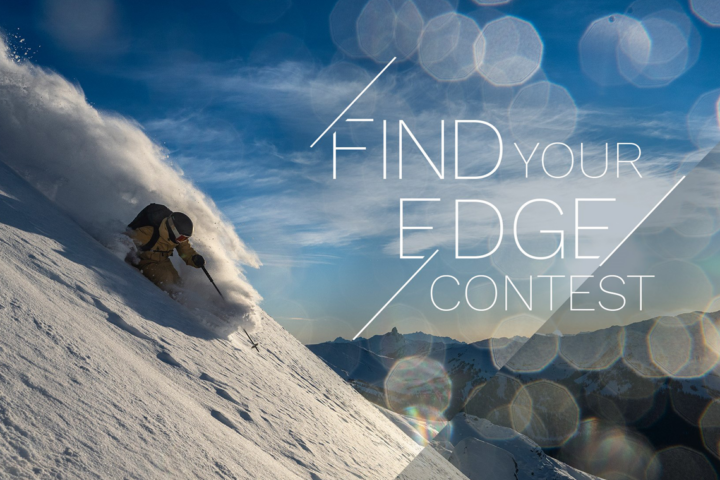
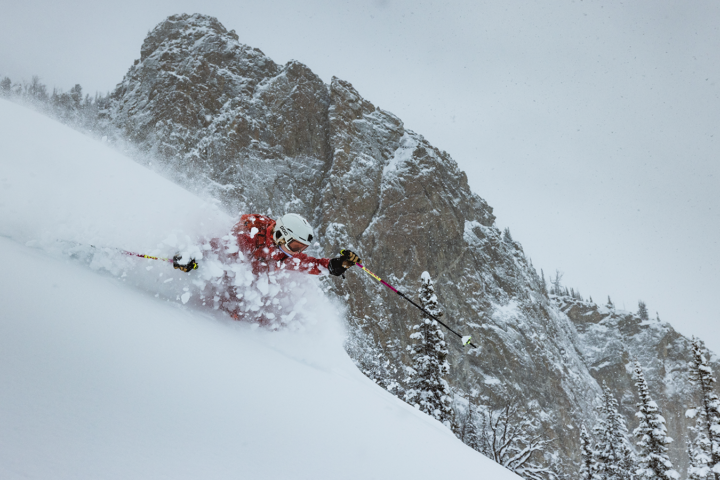

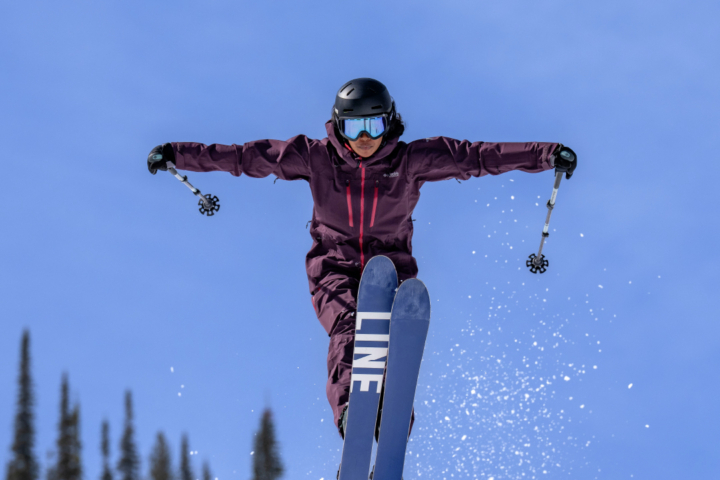
2 thoughts on “The Centriphone Guy”
Comments are closed.